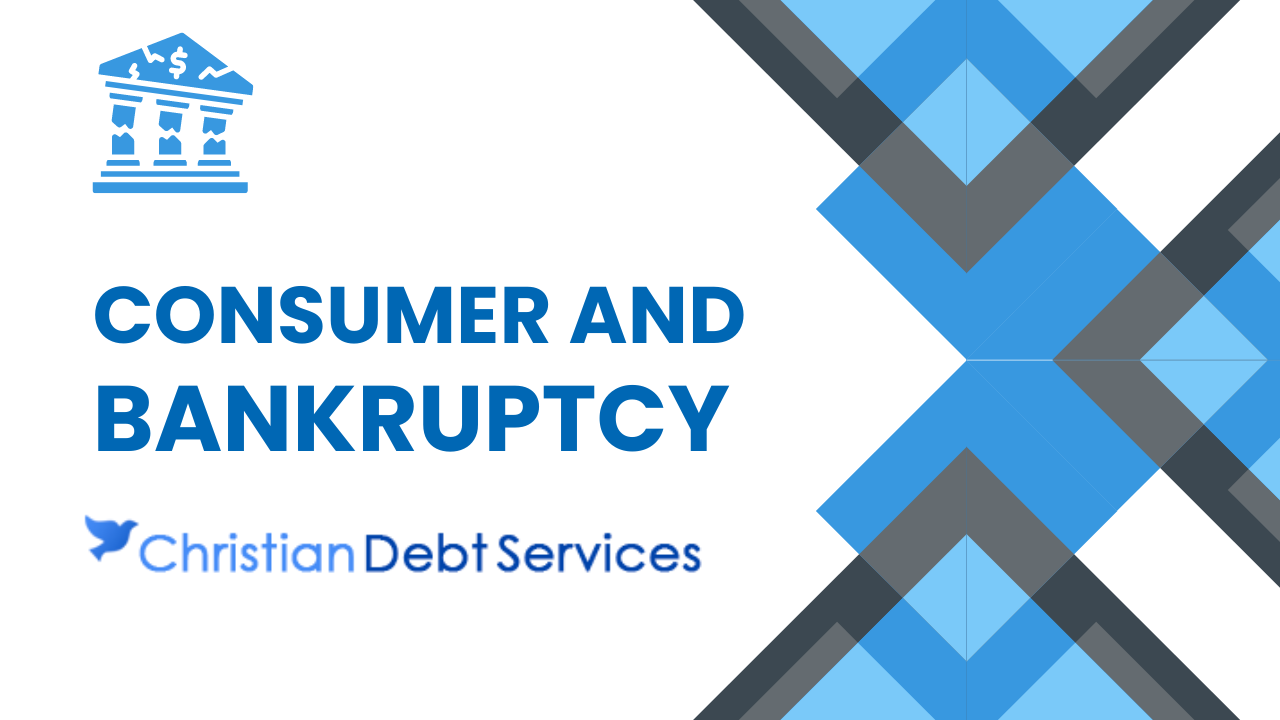Consumer Debt and Bankruptcy
Trends and Options
Bankruptcy Reform. Federal bankruptcy reform legislation has been under consideration for over five years. The 107th Congress has issued its Joint House/Senate Conference Report and is awaiting action by the House to initiate passage in the lO8th Congress. Partisan politics has been responsible for failure to enact this legislation both under the Clinton administration and under the current Bush administration.
This legislation contains language that will serve to provide regulation of the credit counseling industry through the Executive Office for United States Trustees. If passed, this legislation would be a great boon to the credit counseling industry because it would make it well known as a bankruptcy alternative for all debt-burdened consumers. The current bankruptcy code is antiquated and creditors and credit counseling agencies see the proposed new bill as essential to the country’s future economic health. Partisan politics aside, there is great need for the passage of this bill before the end of 200. However, the probability of such passage is minimal at best.
Research by the Federal Reserve indicates that household debt is at a record high relative to disposable income. Some analysts are concerned that this unprecedented level of debt might pose a risk to the financial health of American households. A high level of indebtedness among households could lead to increased household delinquencies and bankruptcies, which could threaten the health of lenders if loan losses are greater than anticipated. Below, you can see image, which shows influence of consumer debt on bankruptcy filing for the last decade.
Bankruptcy filings continue to break historic records, according to data released by the Administrative Office of the U.S. Courts. Total bankruptcies filed in calendar year 2002 totaled 1,577,651, up 5.7 percent from the 12-month period ending Dec. 31, 2001, when filings reached 1,492,129. Non-business filings accounted for the overwhelming majority, 97.6 percent, of all bankruptcy cases filed in calendar year 2002. Non-business filings increased again in 2002, totaling 1,539,111. The number of bankruptcies filed during the last three months of calendar year 2002 (Oct. 1-Dec. 31, 2002) was 395,129. That’s up 8.3 percent from the 364,921 filings for the three-month period ending Dec. 31, 2001.
Of the total number of bankruptcy filings for the 12-month period ending Dec. 31, 2002, chapter 7 filings were up 5.2 percent, from 1,054,975 in the same period in 2001 to 1,109,923 in 2002.
The next largest group of filings was chapter 13, at 455,877, up 7.2 percent from the 425,292 filings in calendar year 2001.
Chapter 11 filings fell 1.3 percent to 11,270 in calendar year 2002, from the 11,424 chapter 11filings in 2001.
Chapter 12 filings rose 26.6 percent in 2002, from 383 in 2001 to 485 in 2002.
The chapter breakdown of NON-BUSINESS filings for the 3-month period ending Dec. 31, 2002, is: 270,527 chapter 7s; 224 chapter 11s; and 114,874 chapter 13s.
Takeaway
Facing overwhelming debt or considering bankruptcy? Christian Debt Services can help you explore alternatives and find financial relief. Contact us today for expert guidance and support. Take the first step towards a debt-free future—visit www.christiandebtconsolidation.org now!

